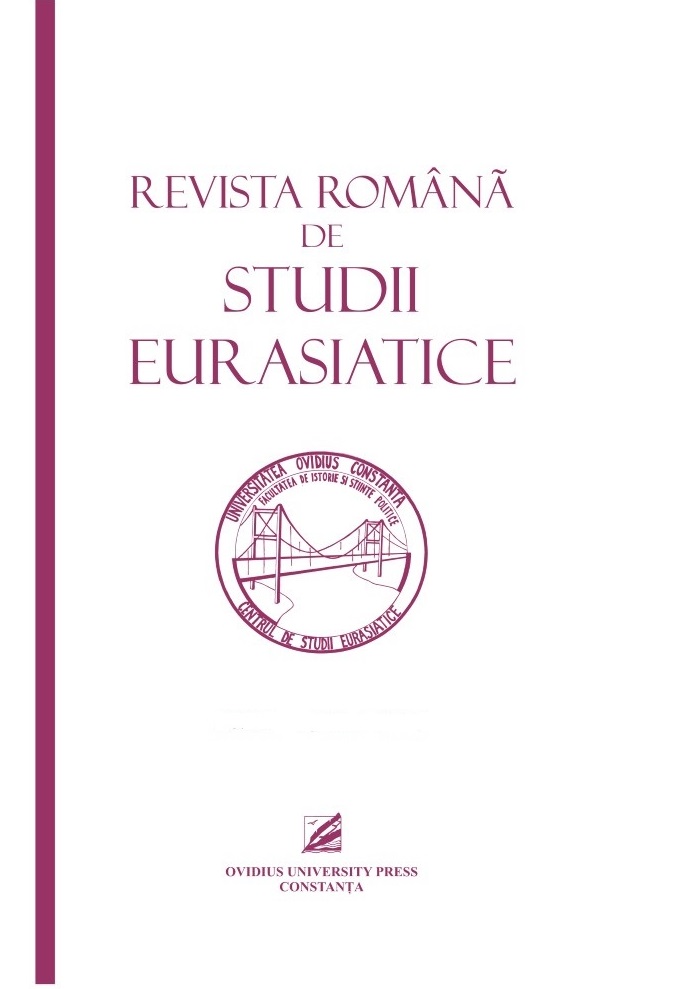GEOPOLITICS OF CENTRAL AND EASTERN EUROPE AND WORLD WAR I
GEOPOLITICS OF CENTRAL AND EASTERN EUROPE AND WORLD WAR I
Author(s): Dmytro BondarenkoSubject(s): Political history, Government/Political systems, Security and defense, Pre-WW I & WW I (1900 -1919), Geopolitics
Published by: Ovidius University Press
Keywords: Geopolitics; Central and Eastern Europe; the League of the Three Emperors; the Triple Alliance; Pan-Slavism; Mitteleuropa;
Summary/Abstract: Central and Eastern Europe is a specific historical region which experienced the domination of the conservative dynasties such as the Romanovs (the Schleswig-Holstein-Gottorp’s branch), the Hohenzollerns, the House of Habsburg (Habsburg-Lorraine) and the conservative systems of international relations, for instance, the Holy Alliance (Heilige Allianz), the League of the Three Emperors (Drei-Kaiser-Abkommen), etc. Starting with the Congress of Vienna until the outbreak of the First World War, the monarchical conservatism of the Russian and the Austrian Empires had resisted irredentism of the neighbouring nations and nationalism inside the empires. The old regime was able to retain itself due to the solidarity of the dynasties. However, the imperial rivalries in Central and Eastern Europe in the late 19th and early 20th centuries, accompanied by the irredentism of the divided nations (sometimes even stimulated by the rivals) had eroded the solidarity of the monarchies. Before World War I, the balance of power in the region had been precarious in which Austria-Hungary played a certain role of a sui generis bulwark against Russian expansion into the Balkans. Thus, the clash of Russian (Pan-Slavism) and German (Mitteleuropa) geopolitical conceptions in Central Europe amid the violation of the principle of the Vienna system caused the First World War.
Journal: Revista Română de Studii Eurasiatice
- Issue Year: 18/2022
- Issue No: 1-2
- Page Range: 65-84
- Page Count: 20
- Language: English

